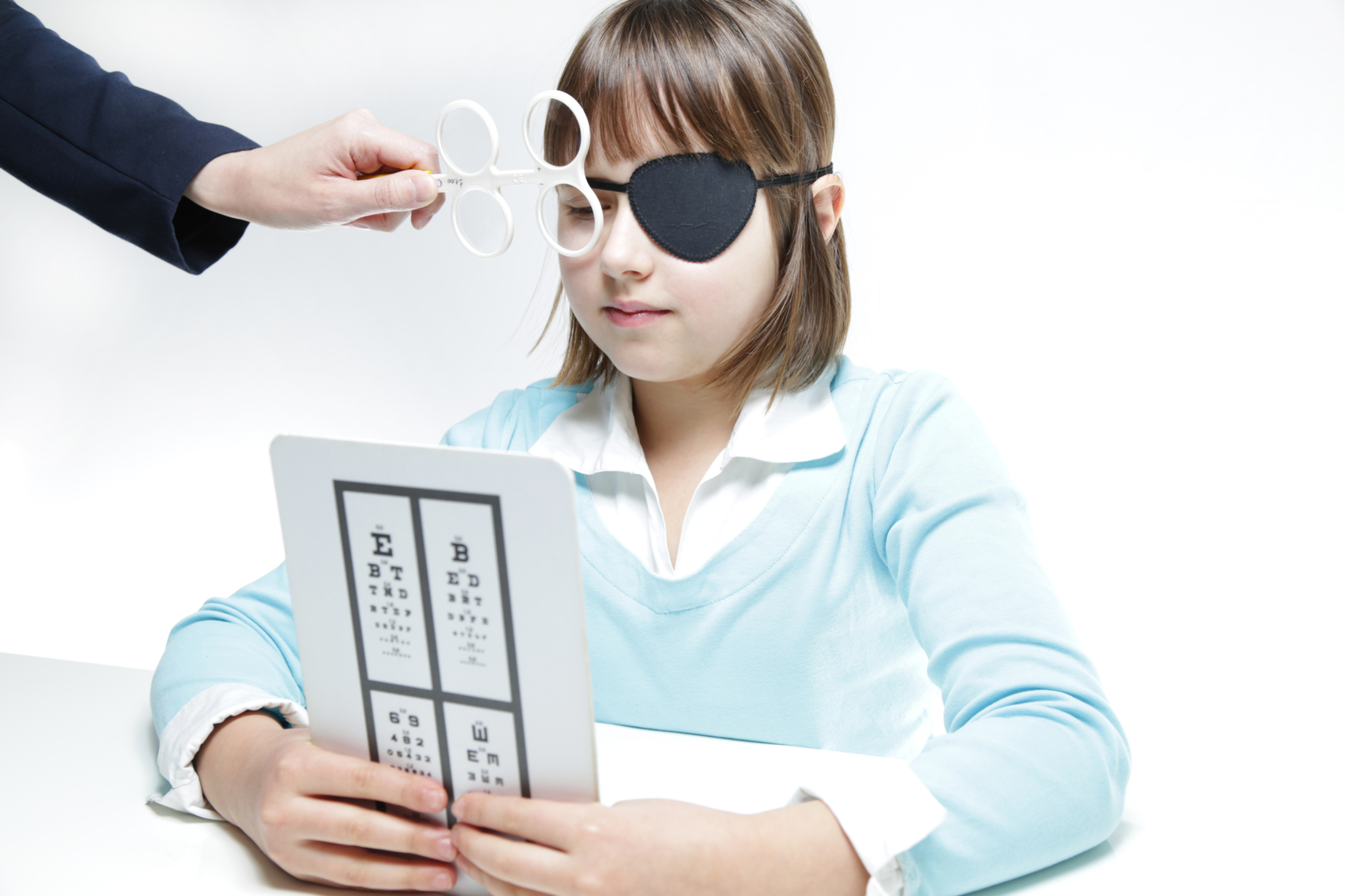Causes of Visual Impairment
There are several potential causes of vision loss or visual disability. Some of the most common include age-related macular degeneration, diabetic retinopathy, cataracts, glaucoma, and retinitis pigmentosa. Age-related macular degeneration (AMD) is a leading cause of severe vision loss in Americans aged 60 and older. It damages the macula, which is the part of the eye that provides sharp, central vision needed for activities like reading. Diabetic retinopathy occurs when high blood sugar levels damage the tiny blood vessels in the retina. Over time, vision may become blurred or vision loss may occur. Cataracts happen when the eye's normally clear lens becomes cloudy, which can hamper light from reaching the retina. Glaucoma damages the optic nerve and occurs when fluid pressure inside the eye slowly rises. Retinitis pigmentosa is a group of rare genetic disorders that cause the light-detecting cells in the retina to gradually break down over many years.
Types of Visual Disability
There are different types and severities of vision loss or visual disability. Partial or low Visual Impairment means some vision remains, but it is reduced and may involve a need for magnifying aids. Legal blindness is defined as vision loss where the best corrected vision is 20/200 or less in the better eye, or a visual field of 20 degrees or less. Total blindness involves no usable vision or light perception at all. Other types include tunnel vision, which constricts peripheral vision, and scotoma, where there is a partial loss of vision in the visual field. Macular degeneration often leads to central vision loss in those with agerelated macular degeneration. Diabetic retinopathy may cause blurred vision or total vision loss. Cataracts can range from mild to severe cloudiness affecting vision.
Living with Low Vision
For those with partial or low vision that does not meet the definition of legal blindness, there are strategies and devices to help maximize remaining vision. Learning to effectively use any prescribed magnification devices like magnifying glasses, electronic magnifiers, or closed-circuit televisions is important. Utilizing proper lighting and reducing glare can make visual tasks easier. Adopting an ergonomic workspace setup tailored for low vision needs can significantly help vision performance and eye strain reduction. Accessibility tools like screen readers, text magnifiers, audio players, and screen magnification programs can aid computer and device use for school, work and leisure. Support groups offer coping strategies and social connections for shared experiences. Orientation and mobility training teaches independent living techniques like using a white cane for navigation. Psychological support may be needed to adjust to vision changes and develop confidence with low vision. With tailored adaptations and approaches, many daily activities and responsibilities remain achievable and independent living is possible despite low or partial vision.
Get more insights on Visual Impairment

